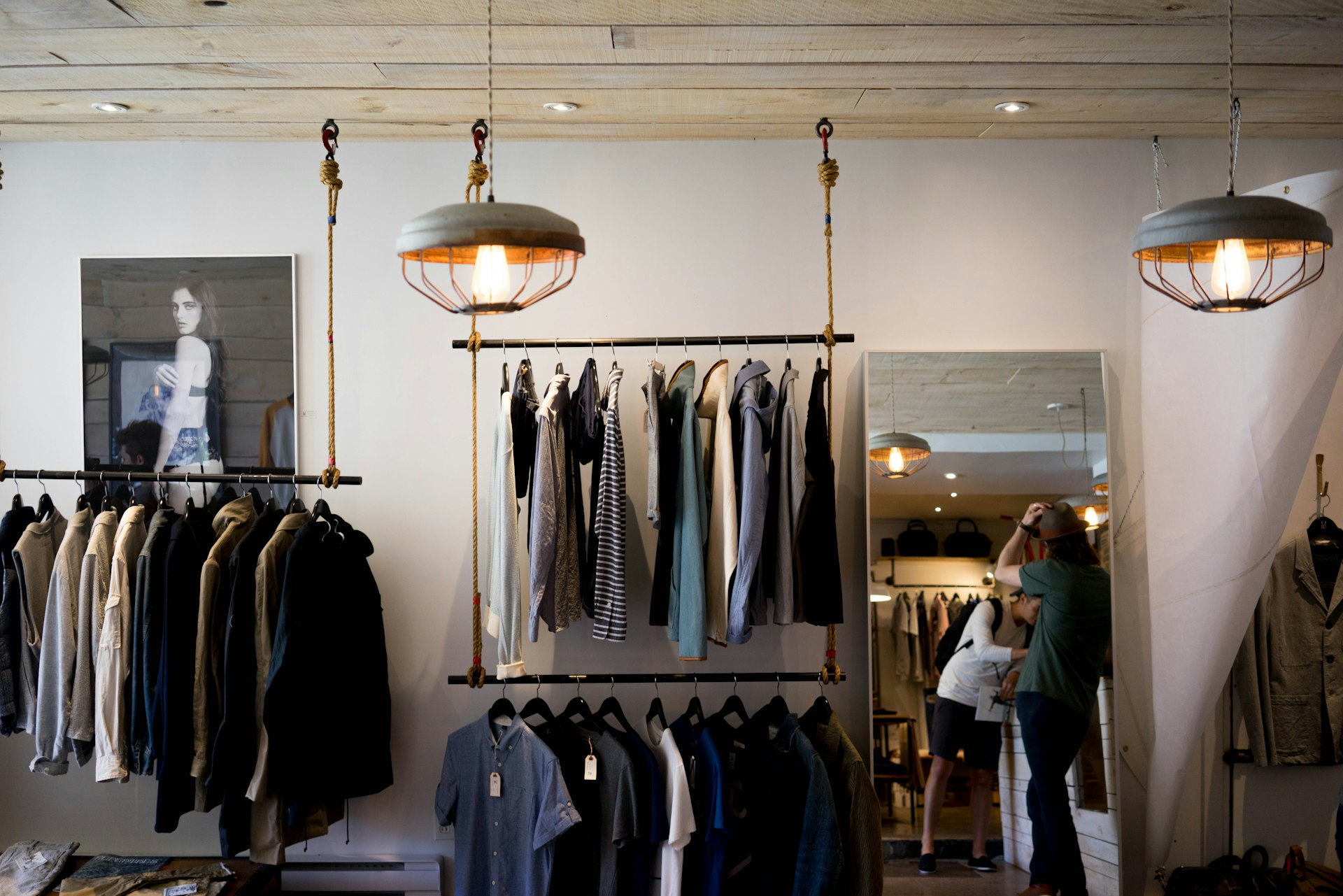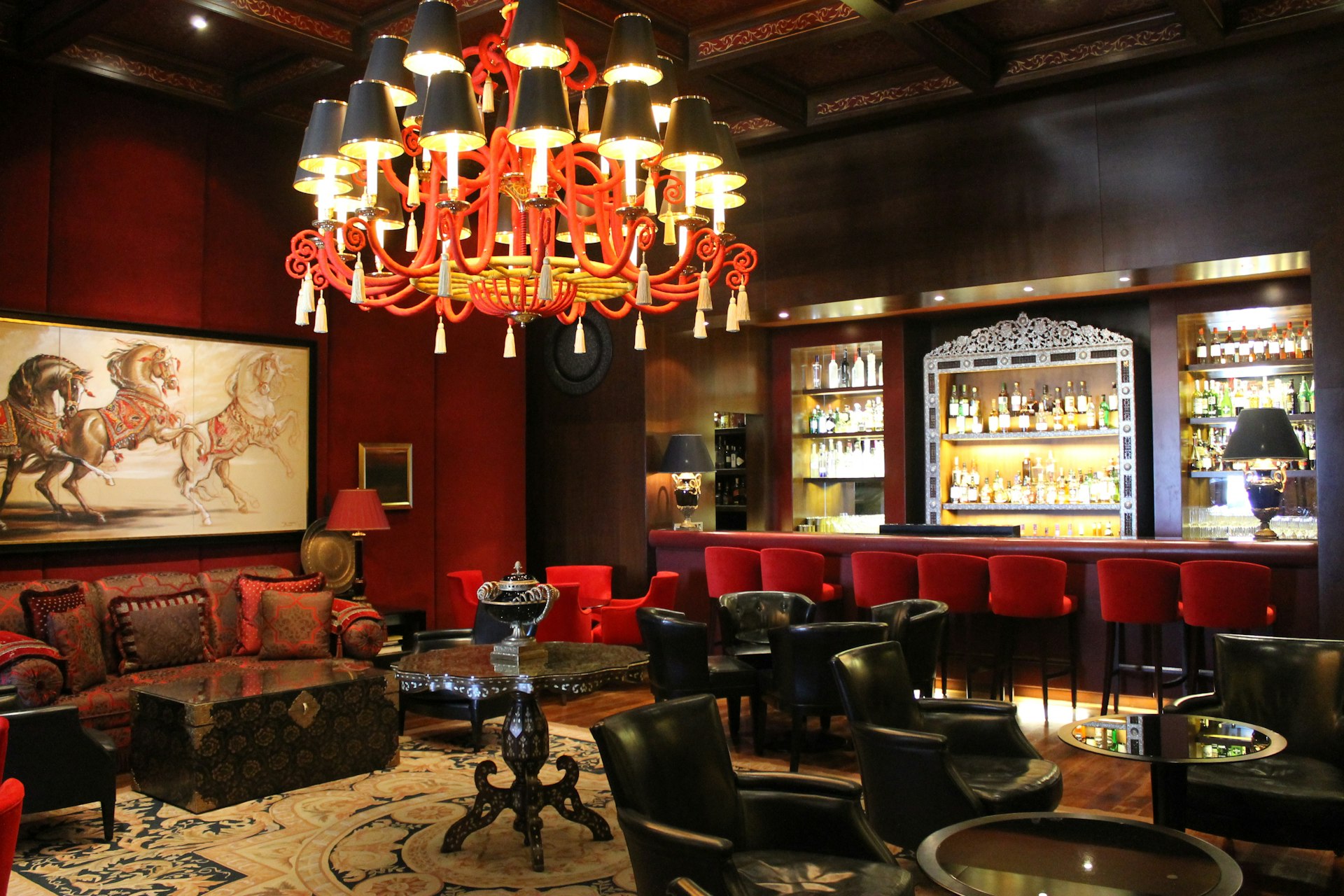Commercial Interior
Commercial interior design focuses on creating functional and aesthetically pleasing spaces for businesses and organizations. It involves designing layouts, selecting furniture and decor, and optimizing the space for productivity and efficiency. The goal is to create a space that reflects the brand identity, enhances the customer experience, and promotes a positive work environment. Commercial interior designers work closely with clients to understand their needs and create customized solutions that meet their objectives.
- Functionality: Discuss how the interior design of commercial spaces is tailored to meet the specific needs of the business or organization. This includes considerations such as layout, flow of traffic, and efficient use of space.
- Branding: Explain how commercial interior design plays a crucial role in reflecting the brand identity and values of the business. This can be achieved through the use of colors, materials, and design elements that align with the brand image.
- Customer Experience: Highlight the importance of creating a welcoming and comfortable environment for customers or clients. Discuss how factors such as lighting, seating arrangements, and overall ambiance contribute to a positive customer experience.
- Employee Productivity: Explore how the design of commercial interiors can impact employee morale and productivity. Consider elements such as ergonomic workstations, collaborative spaces, and access to natural light that can enhance the work environment.
- Sustainability: Touch upon the growing trend of incorporating sustainable and eco-friendly design practices in commercial interiors. Discuss how features such as energy-efficient lighting, recycled materials, and indoor plants can contribute to a more environmentally friendly workspace.
- Technology Integration: Mention the role of technology in modern commercial interior design, such as smart building systems, digital signage, and interactive displays. Explain how these technologies can enhance the functionality and aesthetics of commercial spaces.
- Regulations and Compliance: Address the importance of adhering to building codes, accessibility requirements, and safety regulations when designing commercial interiors. Emphasize the need for designers to stay informed about relevant laws and standards.

Offices
Offices are workspaces where employees collaborate, innovate, and achieve goals. They provide a professional environment for productivity, communication, and teamwork, essential for business success and growth.

Retail Stores
A retail store is a physical location where customers can purchase goods or services. It offers a variety of products, convenient shopping experience, and personalized customer service to meet consumer needs.

Hotels and restaurants
Hotels and restaurants offer a variety of dining and accommodation options for travelers and locals alike. From cozy cafes to luxury resorts, they cater to diverse tastes and preferences.

Warehouses
Warehouses are facilities used for storing goods and materials. They play a crucial role in the supply chain by providing storage, inventory management, and distribution services for businesses.

Saloon and spa
Salons and spas offer relaxation and beauty services, such as haircuts, massages, facials, and manicures. They provide a rejuvenating experience to enhance physical appearance and promote overall well-being.

Airbnb type
Airbnb is a popular online platform that connects travelers with hosts offering lodging options such as homes, apartments, and rooms for short-term rentals, providing a unique and personalized accommodation experience.